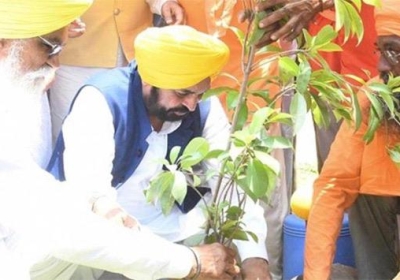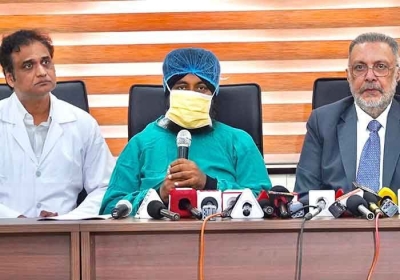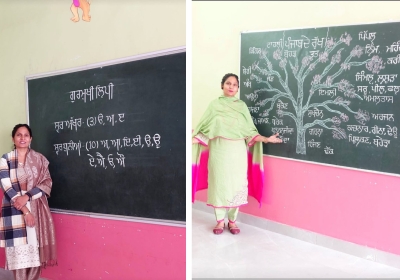
Mother tongue teaching drives reading success in India
Teaching in mother tongue boosts reading skills among Indian students
In a quiet village classroom in Kalyanpur, Rajasthan, five- and six-year-old children sit cross-legged, shouting out Hindi words that begin with “p.” It might look like a normal exercise, but this is part of a new learning method aimed at solving one of India’s biggest education challenges — poor reading skills among young children.
India is home to over 1.4 billion people and more than 100 spoken languages. But for many children, especially those from tribal or rural areas, school starts with lessons in Hindi or English — languages that neither they nor their families understand. This results in children being afraid to respond in class and falling behind in reading and learning.
To change this, the government began a pilot project in Rajasthan’s tribal districts. The goal is to teach young children in their mother tongue — the language they speak at home. Months into this programme, signs of success are emerging. Children are more responsive, more confident, and more involved in classroom discussions.
Jashoda Khokariya, a local teacher, said she used to teach in Hindi but the children were scared and quiet. “Now, there is not a single child who is unable to respond,” she proudly explained. Another teacher, Lakshmi Kumari Patel, noted that her students, though still beginners, are starting to read in Wagdi, their native language.
UNICEF and Rajasthan’s education council are supporting the programme. They developed trilingual dictionaries in local languages, Hindi, and English. These tools help both students and teachers. At the Kuwadi Nichala Fala School, children use these dictionaries every day.
ALSO READ: IIT Kharagpur mulls steps to reduce mental stress among students
ALSO READ: College Board announces SAT 2025 registration deadlines for May and June exams
Big impact, small steps
The effort is still in early stages but shows promise. According to Saadhna Panday from UNICEF, more children are now attending school regularly, teachers are better prepared, and parents are more involved. This matters in a country where only 39% of 8-year-olds and just 10% of 15-year-olds can read at their expected level.
One grandmother, Lalita Parmar, shared her hope: “If my grandchildren study well, they will get jobs. Then the whole family will benefit.” Since many parents speak the same language now being used in schools, they are also able to support their children with reading and storytelling at home.
Still, the challenges are many. Many teachers are not trained to teach in local languages, and materials in tribal dialects are scarce. The state government and partners are giving themselves two years to fully implement and improve the system.
This new approach to education aims to build a stronger base for India’s youth — especially those left behind due to language barriers. Economist Ashoka Mody has warned that India’s weak education system could harm its future. But if the mother tongue model succeeds, it may become a way to fix a broken system from the ground up.





